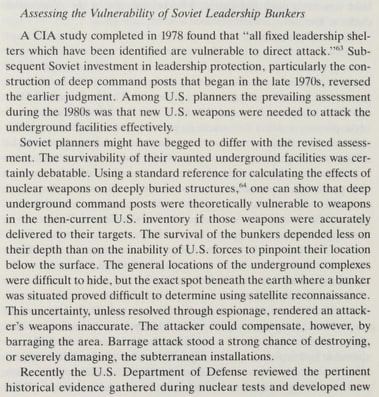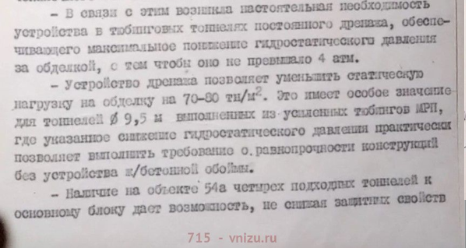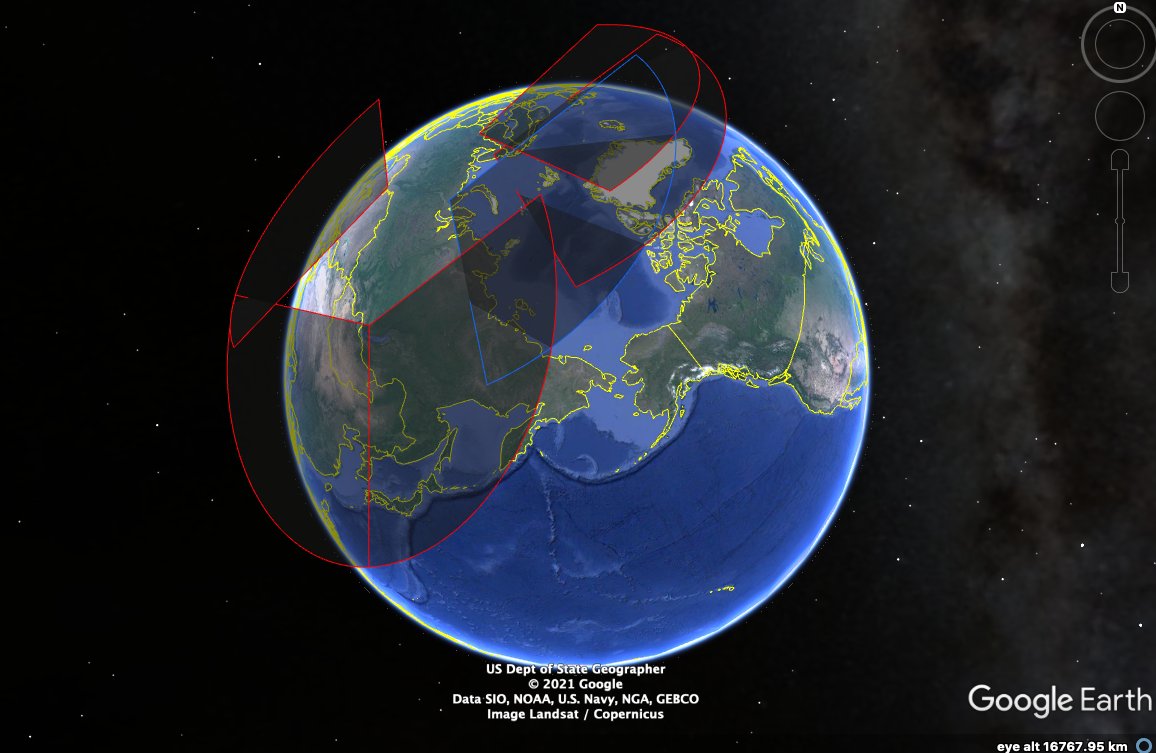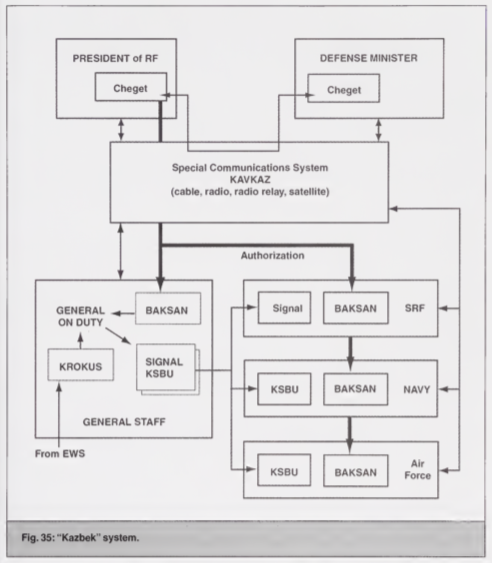
On Ramenki site, a thread.
Many have seen the existing sources on the topic, such as the CIA reports (map related) or the books by Bruce Blair&Yarunuch.
Fortunately today we can also rely on recently de-classified archival materials.
1/20



Many have seen the existing sources on the topic, such as the CIA reports (map related) or the books by Bruce Blair&Yarunuch.
Fortunately today we can also rely on recently de-classified archival materials.
1/20




Those materials adequately cover 1930s-1960s (and you can read more in Yurkov's book here: amazon.com/gp/product/560…) however even they are imperfect, information towards the end becomes sparse, especially for military sites and the intended uses of sites.
2/20
2/20
I would be using his and the broader #bunker703 comunity work from here onwards, all credit to archival materials goes to them.
I would be covering both the core Ramenki site (order 10-A), as well as related ones as they are recorded in archival materials up to late 1960s.
3/20
I would be covering both the core Ramenki site (order 10-A), as well as related ones as they are recorded in archival materials up to late 1960s.
3/20

Ramenki project began in 1954-1955 with design work by Metrogiprotrans on behalf of 9th directorate of the MoD, with later transfer of this project, order 10-A, to the purpose formed US 10-A in 1955.
4/20
4/20
At the same time the red line of Moscow metro was being expanded beyond the river. In 1956 the option combining a bridge with a shallow extension backed up by a deep single track tunnel has been selected.
5/20



5/20




This deep single track tunnel was to act as both a civil defence shelter (30k people) and as a connector between the two parts of the red line, broken up by a vulnerable bridge.
To this end it was connected to the line extension above by high speed elevators.
6/20

To this end it was connected to the line extension above by high speed elevators.
6/20


Such use of tunnels as shelters was a common concept at the time, below you could see some proposed air supply stations for the Moscow ring line.
7/20
7/20

Between mirror imaging and such use I believe we can adequately explain inflated personel capacity figures that we often see in western sources, as shelters use much less floor space per person (<1m2) than protected work spaces (<3m2).
8/20
8/20
Order 10-A had two sites - 54&54a built at the depth of 189m (in tweet #5), with the 54a being better covered by available documents.
54a had:
- main block
- shafts with 6m access tunnels (2&3)
- shafts with 4,56m access tunnels (1&5)
- supporting structures
9/20
54a had:
- main block
- shafts with 6m access tunnels (2&3)
- shafts with 4,56m access tunnels (1&5)
- supporting structures
9/20

As with any new complex projects there were some changes being made to the design on the fly, for example only access tunnels 2&5 received reinforcement with rebar concrete to their pig iron tubing liner, to get their hardening to the same level as the main block.
10/20
10/20

Same type of reinforcement happened to the filtering/ventilation stations within the site 54a as well, in general it is similar to site 1-A in Kremlin which despite modest depth (55m) offered 100 bar (equivalent static overpressure) hardening (similar to a modern silo).
11/20

11/20


However with the 9,5m tunnels, made out of the steel tubings, it appears drainage was considered enough to get to this hardening level.
Drainage in general has been considered important due to high (4 bar) hydrostatic pressure.
12/20
Drainage in general has been considered important due to high (4 bar) hydrostatic pressure.
12/20

To reduce the costs the water was to be drained into the local pools and not the sewer.
Moreover instead of building a separate expansion for the requested 10 living quarters the internal space in main block of site 54a has been re-distributed.
13/20


Moreover instead of building a separate expansion for the requested 10 living quarters the internal space in main block of site 54a has been re-distributed.
13/20



From this re-distribution we can hypothesise, based on a number of assumptions, the capacity of this site 54a main block's protected work spaces:
- 5 floors
- ~500 personel
- ~2000m2
14/20

- 5 floors
- ~500 personel
- ~2000m2
14/20


It would appear that the order 10-A not only had on site supporting systems, but was to provide electric power to the complex above in emergency as well as possibly to house a key governmental telephone exchange.
Ofcourse that complex of admin buildings never happened.
15/20


Ofcourse that complex of admin buildings never happened.
15/20



We also know that order 10-A became operational before 1963, as then one of the shafts (#6) began it's transfer to Metrostroi for the construction of the remote air intake #1.
Such structures were to supply Metro from outskirts of the city with filtered air.
16/20

Such structures were to supply Metro from outskirts of the city with filtered air.
16/20


The other use was for evacaution of the Metro - this air intake at Matveevskaya railroad station had an escalator.
There were also support powerplants etc.
Later the KGB took over this infrastructure and a hardened APC garrage has been added, possibly for VIP transport.
17/20


There were also support powerplants etc.
Later the KGB took over this infrastructure and a hardened APC garrage has been added, possibly for VIP transport.
17/20



This air intake was connected to the deep single track tunnel via an air transportation tunnel that also got it's track and other rail transport infrastructure, with additional follow up structures built for KGB use.
18/20
18/20
So up to late 1960s we could say that this is about it, that said US 10-A didn't go anywhere and existing to this day, as Transinzhstroi.
As such it is possible that his has been modernised, expanded and so on.
19/20
As such it is possible that his has been modernised, expanded and so on.
19/20
However, still, Ramenki area construction history is interesting for example due to it's overlap with the Cuban missile crisis, where unlike the inner city site 103 and site "Vetka" it appears that 10-A may have been operational during the crisis.
20/20
20/20
CC @KomissarWhipla @PTopych @russianforces @PaperMissiles @nukestrat @mattkorda @NuclearAnthro @AtomicAnalyst @lan_Brn @CameronJJJ @CobraBall3 @DavidTeter @dex_eve @ElenaChernenko @Aviation_Intel @ArmsControlWonk @shashj @sovietologist @duke_notnukem @pranayrvaddi @OlyaOliker
@steffanwatkins btw would it be possible to geo locate those 4 shafts from the photo above?
• • •
Missing some Tweet in this thread? You can try to
force a refresh













